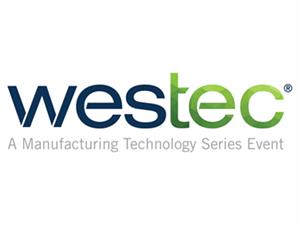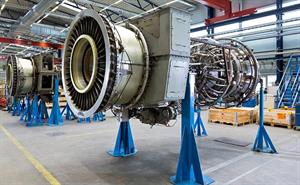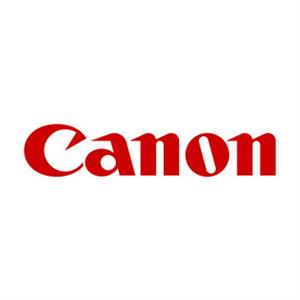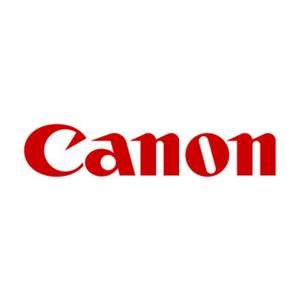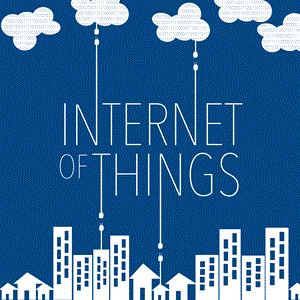
With the increasing globalization of business and supply chains in recent decades, the concept of outsourcing has become well known and widely used across many diverse industries.
Yet, for many companies outsourcing fails to fully realize initial expectations. According to Forbes, since the year 2000, over 30% of large US-based FTSE 100 companies have reversed their outsourcing initiatives and moved supply chain, production and services back into the US.
What is the explanation for this trend? Have rising external costs and risks decreased the lure of outsourcing, or are company decision makers simply not informed on the process of effectively designing and optimizing an outsourced supply chain?
The KickStage Consulting team, with over 20 years of experience leading both outsourcing and insourcing initiatives, would argue that the cause is in fact due in part to both factors. However, there is still massive untouched strategic potential offered by competitive outsourcing, so long as a broad sighted, data-driven approach is utilized.
Let’s explore further, starting with some basic definitions and terminology.
Outsourcing involves a business utilizing external companies and services to provide its non-core functions/components/services (from company accounting and customer service functions through to product sub-components and materials), allowing it to reduce costs and better focus on its competitive, core competencies. Whilst the process is commonly associated with a movement to low-cost countries with cheaper labor and skill rates (‘offshoring’), it is not limited to such and is commonly used at a local level, soliciting specialized firms to undertake the tasks that are not core business proficiencies. Insourcing is a more recent concept that is essentially the reverse of the above, the act of ‘re-integrating’ products and services back under internal business operation from the external value chain.
Why outsource?
If you ask most business leaders their motivation for outsourcing, the majority if not all will indicate that cost reduction is their primary incentive. This is a valid and justifiable reason to pursue such opportunities, but jumping in whilst only focused on the cost dimension can be fatal to business and is often the reason for failed outsourcing initiatives.
The most important lesson to learn in sourcing decisions is that the choice to outsource not only impacts costs and profit of the business, but also product/service quality, risk, responsiveness and a myriad of other aspects. A full comparison matrix of supply options needs to be analyzed by a multi-functional decision making team to assess every facet of the decision at hand, and to weed out any unforeseen costs/risks, prior to a path being implemented.
Basing a decision only on the ‘sticker price’ of a solution can create massive problems for a business. Consider choosing from 3 suppliers of widgets only by cost. What if the cheapest component has a 50% scrap rate vs. a negligible scrap rate of the other suppliers? What if, because one supplier is in China, the company has to order and hold 3 times the inventory to offset the transit lead-time?
Now, imagine choosing between a US-based and India-based call center for your customer service needs. An Indian center may be much more cost-effective from a labor rate perspective, but what if, due to accent and language challenges, each customer interaction takes 50% longer than the US center? What if, as a result, customer retention levels drop due to dissatisfaction with the service?
Whilst the issues encountered may well be fixable, doing so after selection can involve many unforeseen costs to the business that render the choice less competitive. These scenarios serve to demonstrate the criticality of using a methodical and cross-functional assessment process prior to the launch of an outsourcing initiative.
There are also many other dimensions to consider that help determine whether outsourcing or insourcing is best for your business:
- Corporate Image – Outsourcing, especially overseas, can bring emotive and often negative publicity when local jobs are affected
- Intellectual Property – While IP can be still be contractually protected for outsourced work packages, the level and criticality of a company’s IP should be factored into sourcing decision-making frameworks alongside the associated risks of widening its use
- Market risk and volatility – Global wage rates, material prices and exchange rates are continuously fluctuating. These factors will continuously affect the business case on which a sourcing decision is based
- Agility – The decisions to out- or in-source will affect the responsiveness and agility of the company to respond to changes in market behaviors or strategic changes
- In-house expertise – If a company’s strategic roadmap includes developing a function as one of its core competences, then it should remain or be brought back in-house
For further information and for expert assistance developing your company’s sourcing strategy, drop us a line!




